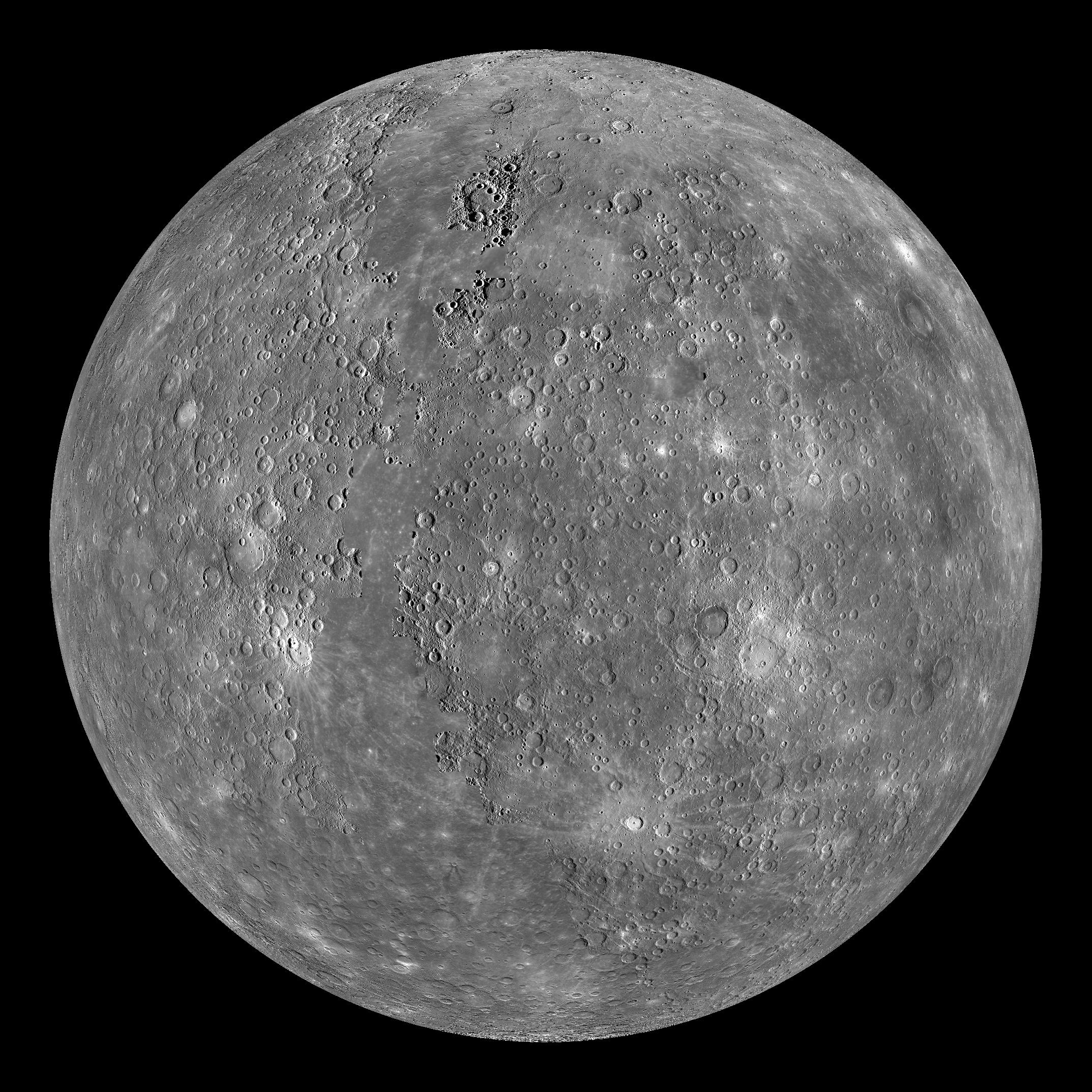Mercury is the closest and the smallest planet in the Solar System. From Mercury the sun appears three times as large as it is viewed from earth. I believe that it is easy to understand how hot the surface of planet Mercury is because it is the closest planet to the sun. Temperature can rise up to 430 degrees Celsius and during night, temperature drops to -170 degrees Celsius as the planet does not have an atmosphere to retain the heat.
Mercury can be observed in the sky from Earth and it makes an indirect appearance 13 times a century. We can observe a special event known as a transit, where Mercury pass across the face of the sun. The first two transits of the 21st century occurred on May 7, 2003 and November 8, 2006. The next one will occur on May 9, 2016. (Isn't it next year???! I'm excited!)
Mercury is one of the fastest planets as it travels through space nearly 50 km per second which is the reason Mercury completes an year or a revolution in just 88 days. The surface of Mercury resembles to the Earth's moon, because of its barren surface.
The Caloris Basin which is a result of an asteroid impact is about 1300 km in diameter. Mercury shrank in radius about 1 - 2 km as the planet cooled down after its formation. It is the second densest planet of the solar system.
The night sky never fails to amaze us. People from ancient times wondered about it; what is it actually? what are those shining objects? Our curiosity is what makes us wonder about the heavens. So, now, let's discover!
